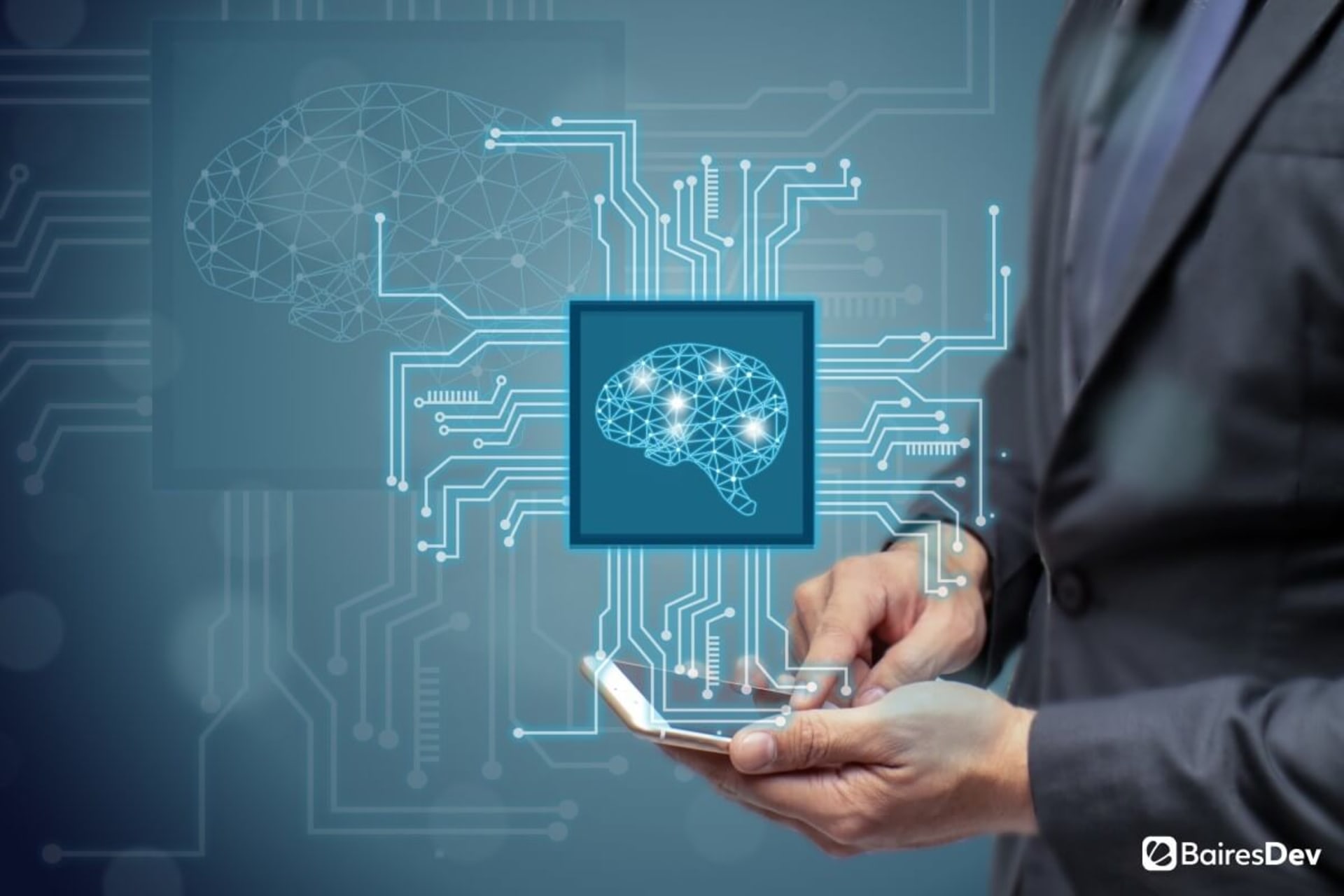A subset of Artificial Intelligence, ML can be used to tackle real obstacles and problems in industries from healthcare to finance to education and beyond. Still, considering how complex this technology actually is and the fact that it’s still gaining sophistication, it’s commonly misunderstood.
Without comprehending its real capabilities, when to use it, and when not to use it, business leaders risk mishandling machine learning in their organizations. So, what’s the right way to incorporate machine learning into your business model? What are the limitations?
What Is Machine Learning?
AI involves leveraging human-like intelligence to perform a range of tasks traditionally performed by humans. As an AI subset, machine learning uses algorithms to analyze and comb data to identify trends and predict outcomes without human intervention. As it gains experience and familiarity with the data it processes, it becomes more sophisticated and starts “learning” new and more efficient ways to evaluate the information to provide more on-point results.
There are numerous examples of machine learning that are relevant and applicable to our daily lives, from speech recognition to face recognition to preference detection.
Ways to Incorporate Machine Learning Into Your Business
1. Security
Looking for ways to enhance the cybersecurity of your organization? Given the very real threats and risks posed in today’s world, that’s completely understandable — and advisable. Fortunately, machine learning can play an instrumental role in protecting your business.
For example, machine learning applications include face detection. As it learns to recognize the faces of employees, it can grant access to various systems to authorized personnel quickly and easily, while preventing others from breaking in. You’ve probably had experience with this feature if you have an iPhone — this is one way to unlock your device without typing in your password.
Machine learning can also help ensure customers’ security. Credit card companies, for example, have been leveraging the technology to detect and follow up on potentially fraudulent activity. That’s because it becomes familiar with customers’ buying and spending patterns to spot inconsistencies, before alerting the user to suspicious activity.
2. Customer Pattern Detection
Machine learning can also be used to detect more general consumer patterns — their likes and dislikes, their purchasing habits, and more. This is important data businesses can leverage to make decisions about how to retain customers and obtain new ones.
Based on the insights they glean from the data they collect, a business can better target marketing campaigns, make offers, and consider how to build their audience, all based on data like purchasing and browsing history, along with other factors about their habits. They can also find out about trends among different demographics and in different areas.
3. Personalized Customer Experiences
In another category of exemplary customer service and marketing, businesses are able to create more customized and personalized experiences.
Take Netflix, for instance. How is the streamlining giant able to offer its signature movie and television recommendations? The answer is machine learning. As the platform learns about your preferences in entertainment based on your viewing patterns and ratings, it will make new recommendations that it thinks you might enjoy based on previous activity.
4. Easy Repairs
Predictive maintenance is helpful for a variety of industries, particularly manufacturing. Thanks to machine learning, companies can find out when it’s likely to require maintenance or repairs well in advance rather than risking equipment failing unexpectedly.
That’s because machine learning will find patterns and derive information about what will happen in the future based on what it has learned about past behaviors. This is less expensive, more efficient, and generally better for the business overall.
Tips for Getting Started
So, how do you go about reaping the rewards of machine learning at your organization? Here are some key steps.
1. Learn About AI
Begin by familiarizing yourself with AI and its potential. It’s important to take this step so you can fully understand how the technology can apply to your unique needs.
In addition to reading research and articles, consider taking an online course to give you an overview of AI and machine learning. There are plenty of sites to check, such as edX, Udacity, and others. Some are even free.
2. Consider How Machine Learning Can Apply to Your Business
Once you’ve gained some knowledge about AI’s potential, think about how it might apply to your business. Talk to managers at your company about their pain points and the areas they’ve identified that could use improvement. Consider your goals for improving the service or product your business delivers, too. Is there a faster or more efficient way to make it happen? Could you add new features or improvements?
3. Solve Problems, Don’t Create Them
This is important: don’t try to make machine learning fit into a specific business model if it doesn’t. Not everything needs or will benefit from machine learning.
Instead, think about the problems or inefficiencies that do exist. Could machine learning improve them? The answer could be yes, but it could also be no. Accept that.
4. Hire Experts
It’s possible you have full-time, on-site staff who have extensive knowledge of AI, so you may well be able to use their expertise. But if you don’t, you’ll certainly benefit from engaging experts. Even if you do have on-site talent, consider turning to an outsourcing partner to help tailor specific machine learning solutions to your needs. It’s highly likely that a niche expert may find applications you haven’t considered.
What’s next for your business? Whatever your goals and objectives, machine learning may be able to help you achieve them. But remember to use this and other technologies and innovations responsibly. While the implications are vast, remember to place them sparingly so the impact is even greater.






